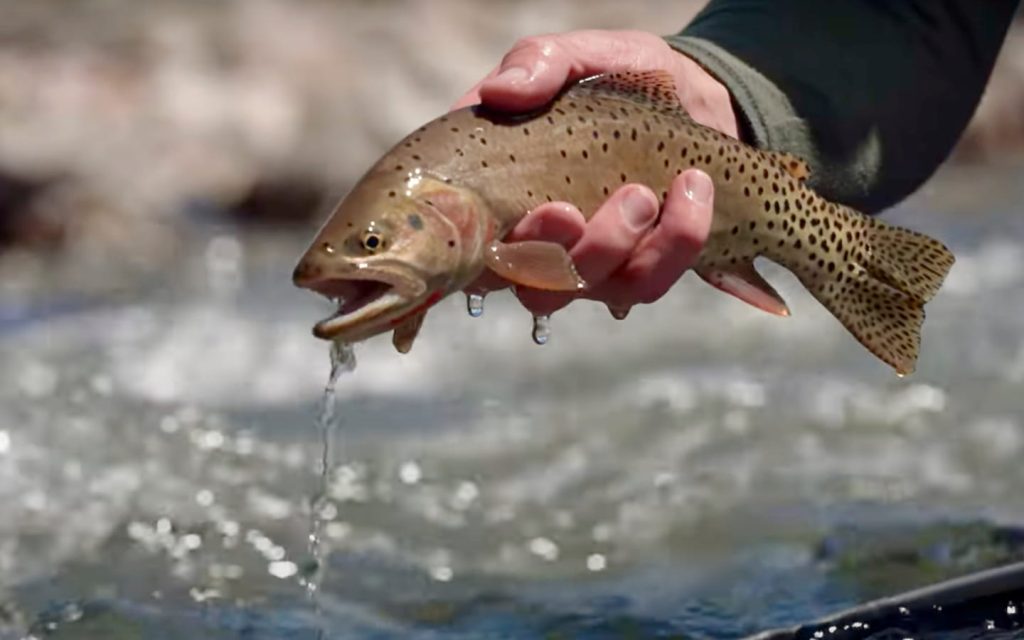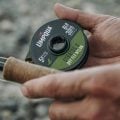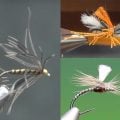Fly Fishing Strengthens Relationship With Wildlife

Although it’s more common now than just a few years ago, it’s not every day that fly fishing makes headlines in major publications. That is, however, the case with this recent story in YahooUK, by Robin Canniford, Avi Shankar, and Annetta Grant. The authors are also fly anglers and professors at universities in the United Kingdom, and they recently published the results of a new paper which takes a specific look at how fly fishing strengthens your relationship with wildlife, and fosters conservation efforts.
To write their paper, the professors spent significant time on rivers not only in the UK (Lyd and Tamar in Devon, Usk and Wye in Wales), but also in North America (Gaspe, Quebec and Lewisburg, Pennsylvania). They fly fished, observed and interviewed other fly anglers, and “learned as much as we could about fish behaviour.”
Their paper sums up those experiences, diving deep into how “human interactions with fish can result in three kinds of interspecies encounters that strengthen people’s connections with wildlife and natural environments.”
The three encounters are listed as separated, slippery, and sticky.
A separated encounter looks like what happened when the researchers asked a novice fly fisher in Pennsylvania about trout eating aquatic insects. That novice replied, “Flies actually come out of the water?”
While that lack of knowledge about trout might be alarming to some anglers, the professors noted that “the elusiveness of creatures such as trout and salmon can also motivate people to find out more about them.”
Slippery encounters are described as the moments when you almost, but not quite, hook into a trout. This strengthens a bond between humans and wildlife because the slipperiness of wildlife forces humans to learn more about them in order to catch them.
Finally, a sticky encounter occurs when fly anglers hook into and land a trout, and the reasons that experience would engender a greater love for wildlife are fairly obvious.
It’s a fascinating study that does a wonderful job of quantifying many of the things we feel about fly fishing. You can read the rest of the study here.
New Fish Handling Best Practices
Fish Use Tastebuds to Measure Oxygen











